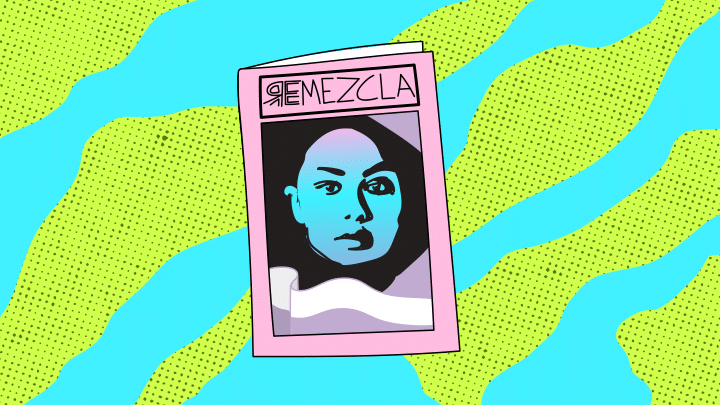Boyle Heights – the one-time home of Anthony Quinn – has had a Mexican and Mexican-American presence since at least the 1940s. With a more than 90 percent Latino population, Chicano culture is felt everywhere. But just as a mural faced the threat of erasure during Los Angeles’ decade-long street art ban, Boyle Heights is in jeopardy of getting a new coat of paint that strips it of its history.
For now, the neighborhood has managed to retain its identity because the community has fought back. In May 2014, realtor Bana Haffar tried to organize a bike ride through Boyle Heights to entice people into buying – an alternative to renting downtown, a flier said. But residents struck back, forcing Haffar to cancel the event.
“I think I was a little naive,” Hafar said, according to The Guardian. “I didn’t know gentrification was such a sensitive topic. Perhaps in retrospect it was not in the best taste. I was pretty shocked at the threatening and violent responses from some people. Some of it was way too much.”
In November, experimental opera Hopscotch took its performance on the road, with a stop at Hollenbeck Park. However, Boyle Heights’ residents didn’t welcome the group. According to the group’s music director, Marc Lowenstein, they shouted, “This park is for brown people…This is not a park for white people.” On Hopscotch’s last performance, Roosevelt High School’s band used their own instruments to drown them out. The opera ended up leaving when Lowenstein said things got “physically intimidating.”
With the rising cost of properties and the closing of beloved bar Las Palomas, there is certainly evidence of gentrification. And nearby Highland Park, for example, caught people off guard when it quickly changed. But Boyle Heights doesn’t want to follow that path. Facundo Rompe, a member of Serve the People LA, plans to defend his home “at all costs,” according to the Los Angeles Times. Similarly, Xochitl Palomera, an activist with Corazón Del Pueblo, said that her neighborhood isn’t afraid.
However, not everyone approves of these aggressive methods. Ralph Carmona – a former Boyle Heights Chamber of Commerce board member – said that “militancy is usually [pushed by] people who are not representative of the vast majority. Maybe people have some sympathy for it… but it doesn’t necessarily mean that’s what’s going to make any impact.”
Others are looking for other ways to defend this area. On Monday, activist Carolyn Vera attended a conference to talk to city planners and other activists from San Diego’s Logan Heights and San Francisco’s Mission District, according to Mission Local. Because she sees similarities between the three communities’ struggles, she’s hoping to gain more insight. She said, “I hope to see connections form on how we can try to organize, create strategies, and use urban planning policies to promote equitable and livable neighborhoods for low-income communities.”



